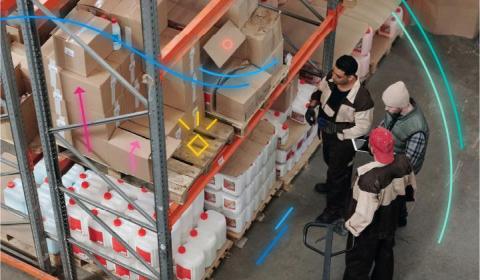Security | Threat Detection | Cyberattacks | DevSecOps | Compliance
Supply Chain
Snyk's 2023 State of Open Source Security: Supply chain security, AI, and more
The 2021 Log4Shell incident cast a bright light on open source software security — and especially on supply chain security. The 18 months following the incident brought a greater focus on open source software security than at any time in history. Organizations like the OpenSSF, AlphaOmega, and large technology companies are putting considerable resources towards tooling and education. But is open source software security actually improving? And where are efforts still falling short?
Retrieval vs. poison - Fighting AI supply chain attacks
Software Supply Chain Compliance: Ensuring Security and Trust in Your Software and Applications
Software and applications make the world go round. This naturally makes them a top attack target for threat actors, and highlights the importance of robust software supply chain compliance. But how do companies build and implement a compliance strategy that solves the challenges of modern application security? Let’s take a look.
Defend Your Software Supply Chain by Curating Open-Source Packages Entering Your Organization | Announcing JFrog Curation
Modern organizations are constantly striving to gain a competitive advantage by delivering software solutions at a remarkable pace. To achieve this, they heavily rely on open-source software (OSS) libraries and packages, which constitute a significant portion (80-90%) of their software solution. However, while open-source software offers numerous benefits, it also presents potential security challenges.
What is cyber risk exposure and how can you manage it?
SBOM to Improve Software Supply Chain Security
As software systems become more intricate and the use of third-party components increases, the security risks within the software supply chain also escalate. To combat these risks, organizations are turning to the Software Bill of Materials (SBOM) as a valuable tool. This blog will guide you through the concept of SBOM and its impact on software supply chain security.
How Does SLSA Help Strengthen Software Supply Chain Security?
A relatively new way of strengthening your software supply chain security is to apply Supply Chain Levels for Software Artifacts (SLSA) in tandem with other tools such as software bills of materials (SBOMs), software composition analysis (SCA) for open source, and static application security testing (SAST) for proprietary code. Let’s take a look at what SLSA is and how its different levels work.
The Devil's in the Data
Five Tips for Using SBOMs to Boost Supply Chain Security
A Software Bill of Materials (SBOM) is a key cyber defense item — it identifies what’s in your software, applications, and code base so that you can detect and mitigate risk more effectively. This is useful when it comes to application security because companies can only detect and fix vulnerabilities if they know what’s there in the first place. SBOMs give you that visibility. Consequently, SBOMs are now a “must-have” tool for most companies.











